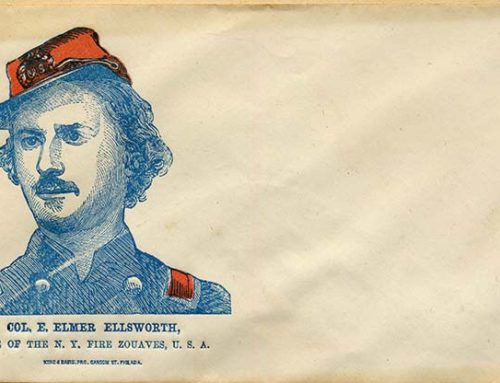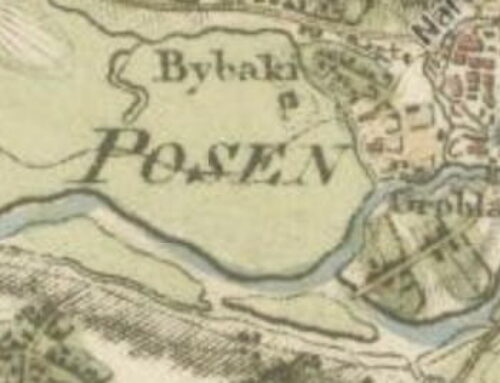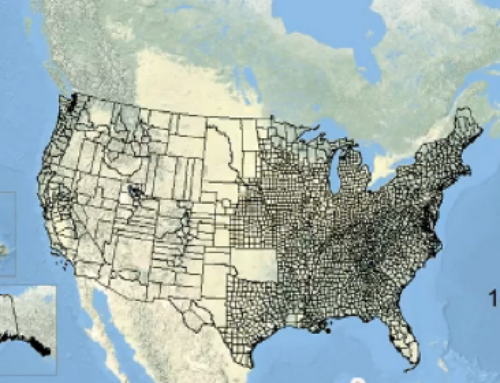D-Day top-secret maps – now at the Library of Congress –
guided invading troops from Utah Beach to the pastures and hedgerows of Normandy.
To commemorate today’s 75th anniversary of D-Day, the Library of Congress Blog features D-Day top-secret maps donated by Commander Charles Lee Burwell.
The blog post by LC writer/editor Neely Tucker tells the story of these highly prized maps, according to Burwell and Ryan Moore, a cartographic specialist in LC’s Geography and Map Division,
D-Day Top-Secret Maps
Intelligence forces prepared D-Day top-secret maps for soldiers who would invade Normandy. Tucker writes,
The night before the invasion — dubbed Operation Overlord — Allied Supreme Commander Dwight D. Eisenhower, British General Bernard Montgomery, and other leaders gathered in Portsmouth, a port city on the English Channel, for a last briefing on everything from the weather to the terrain.
U.S. Navy Lt. Commander Charles Lee Burwell, a 27-year-old Harvard graduate, was “scared to death” to present his intelligence to this august gathering. Nevertheless, he delivered a short talk on tides and the thousands of star-shaped steel barbs, called “Czech hedgehogs,” that the Germans had dropped just offshore to wreck landing crafts.
Intelligence Services and the Maps
The maps used in this briefing contained information that was hard-won. Three-dimensional models of Utah Beach, the code name for beaches near Pouppeville, La Madeleine, and Manche, France, were made of rubber. In two 4×4 sections, the D-Day top-secret maps illustrated the beach and the hedgerow-lined pastures directly in land, “a geographic feature,” Tucker writes, “that obstructed lines of sight and created conditions for deadly, close-quarter combat. Later that night, Burwell took the model aboard transport ships, showing the commanders and troops the same raised maps of the terrain they would see for the first time in a few hours.”
How Top-Secret D-Day Maps Were Made
Both American and British reconnaissance teams, with the assistance of the French Resistance, gathered topographic information and additional data unobservable from photographs and maps. The Navy’s Special Devices Division at Camp Bradford, Virginia, assembled the model. American pilots then flew the completed D-Day top-secret maps back to Portsmouth, where Burwell and others briefed Eisenhower and Montgomery.
“I would have preferred to go on one of those beaches [on D-Day],” Burwell said in his Library of Congress interview. Tucker writes, “[Burwell] recalled the auditorium, that the models were elevated so that they could be clearly seen – and that Montgomery, the legendary British commander, was a dapper dresser. ‘He didn’t look like he was going to battle; he looked like he was going to Greenwich village night club.'”
More Library of Congress Archival Resources
More maps donated by Commander Burwell available here.
Commander Burwell’s collection at the Veterans History Project.
Going to Normandy? Leave plenty of time for the Normandy American Cemetery and Memorial at Colleville-sur-Mer, France.
Your World War II Relative
 Do you have relative(s) who served in World War II?
Do you have relative(s) who served in World War II?
As next-of-kin, you can request their military service records from the National Archives in St. Louis at this link.
For more information, visit the article, “20th-Century Veterans’ Service Records,” by clicking the link.
If a loved one was lost, visit the American Battle Monument Commission site for more information.








Nancy, this is fascinating. Obviously the invasion had to be underpinned by sound intelligence and maps. I hadn’t thought much about it. Do the 3-D maps made in rubber survive, too?
Hi Michael, yes I think the rubber maps survive and were donated by Mr. Burwell to LC.